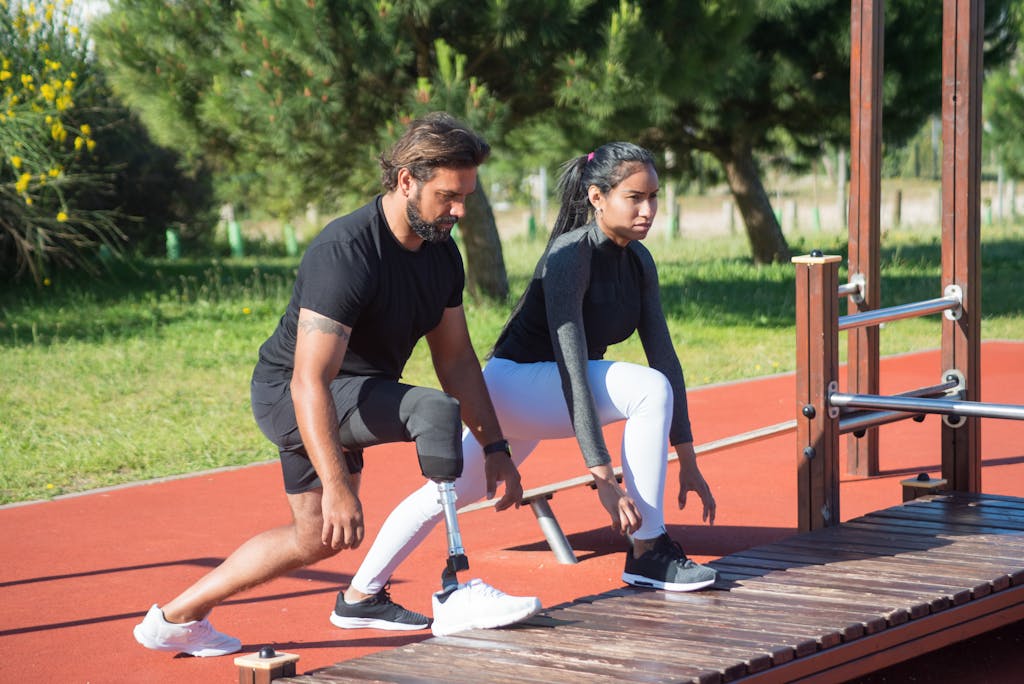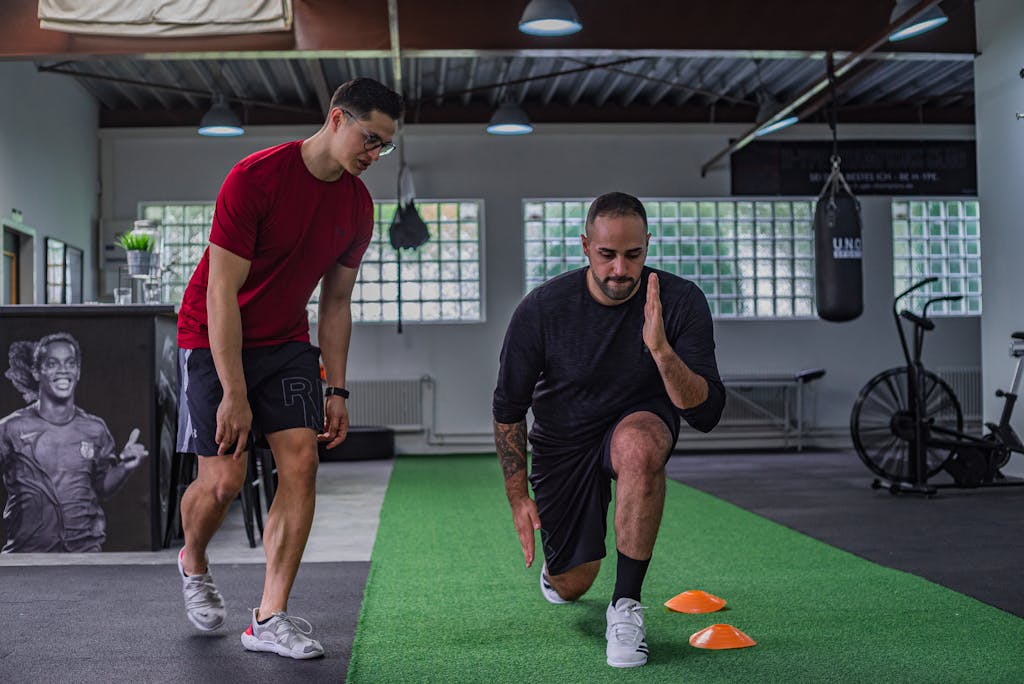How to Grow Your Calves: Expert Tips
Discover expert advice on bulking up your calf muscles with proven strategies and exercises. Learn how to sculpt your lower legs for strength and aesthetics!
Introduction
Hey there, calf enthusiasts! Are you tired of feeling like your lower legs are lagging behind the rest of your physique? Do you dream of rocking those shorts with confidence, showcasing calves that turn heads? Well, you’re in luck! In this guide, we’ll delve into the art and science of calf growth, offering expert tips to help you beef up those baby bulls and achieve the lower leg gains you’ve always desired. Whether you’re a seasoned gym-goer or just starting your fitness journey, we’ve got you covered with actionable advice to sculpt and strengthen your calves. So, grab your workout gear and let’s dive into the world of calf-building goodness!
Setting the Stage: Understanding Your Calves
Before we jump into the nitty-gritty of calf training, let’s take a moment to appreciate these underrated muscles. Your calves consist of two main muscles: the gastrocnemius and the soleus. These muscles play a crucial role in various daily activities, from walking and running to jumping and standing. Whether you’re strutting your stuff on the sidewalk or crushing it at the gym, your calves are there to provide support and power every step of the way.
What Makes the Calves Special?
- The calf muscles are notoriously stubborn when it comes to growth, requiring targeted exercises and consistent effort.
- Genetics play a significant role in determining calf size, but with the right approach, you can maximize your muscular potential and achieve impressive results.
- Strong calves not only enhance athletic performance but also contribute to overall lower body aesthetics, completing the coveted “leg day” look.
Pump Up the Volume: Tips for Calf Growth
Now that we’ve laid the groundwork, it’s time to get down to business. Here are some expert tips to help you turbocharge your calf gains and unlock your lower leg potential!
1. Prioritize Progressive Overload
- To stimulate muscle growth, you need to challenge your calves with progressively heavier weights over time.
- Incorporate exercises like calf raises, seated calf raises, and calf presses into your routine, gradually increasing the resistance as your strength improves.
- Aim for 3-4 sets of 8-12 reps per exercise, focusing on controlled movements and a full range of motion for optimal muscle activation.
2. Vary Your Training Stimuli
- Keep your calves guessing by mixing up your training routine with different exercises, rep ranges, and training modalities.
- Experiment with high-intensity techniques like drop sets, supersets, and isometric holds to shock your muscles into growth.
- Incorporate plyometric exercises such as jump squats and box jumps to enhance explosive power and recruit fast-twitch muscle fibers.
3. Mind Your Form
- Proper form is essential for targeting the calves effectively and minimizing the risk of injury.
- When performing calf raises, focus on lifting through the balls of your feet and squeezing your calf muscles at the top of the movement.
- Avoid bouncing or using momentum to lift the weight, as this can reduce muscle activation and increase the strain on your joints.
4. Train with Frequency
- Unlike larger muscle groups, the calves can handle more frequent training sessions due to their endurance-based nature.
- Aim to train your calves 2-3 times per week, spacing out your workouts to allow for adequate recovery between sessions.
- Consider incorporating calf exercises into both your lower body and full-body workouts to ensure comprehensive development.
5. Don’t Forget About Nutrition
- Proper nutrition is key to fueling muscle growth and recovery, so make sure you’re getting enough protein, carbohydrates, and healthy fats in your diet.
- Aim to consume a balanced mix of lean proteins like chicken, fish, and tofu, along with complex carbohydrates from sources like sweet potatoes, brown rice, and quinoa.
- Stay hydrated and consider supplementing with branched-chain amino acids (BCAAs) to support muscle repair and growth.
FAQs: Addressing Common Concerns
Q: I have naturally skinny calves. Can I still make gains?
A: Absolutely! While genetics play a role in calf size, consistent training and smart programming can help you maximize your muscular potential and achieve noticeable growth over time.
Q: How long will it take to see results?
A: Results may vary depending on factors like training consistency, nutrition, and genetics. With dedication and patience, you can expect to see improvements in calf size and strength within a few weeks to a few months.
Q: Can I train my calves every day?
A: While it’s possible to train your calves daily, it’s generally not recommended due to the risk of overtraining and diminished returns. Aim for 2-3 calf workouts per week, allowing for adequate rest and recovery between sessions.
Conclusion: Stride Towards Success
There you have it, folks! Growing your calves may seem like a daunting task, but with the right approach and a bit of elbow grease, you can sculpt those lower legs into works of art. Remember to prioritize progressive overload, mix up your training stimuli, and fuel your body with the nutrients it needs to thrive. Whether you’re chasing athletic performance or aesthetic gains, consistency and determination are your best allies on the journey to calf greatness. So, lace up those sneakers, hit the gym, and let’s grow those calves like never before! How to Grow Your Calves: Expert Tips, nailed it!



